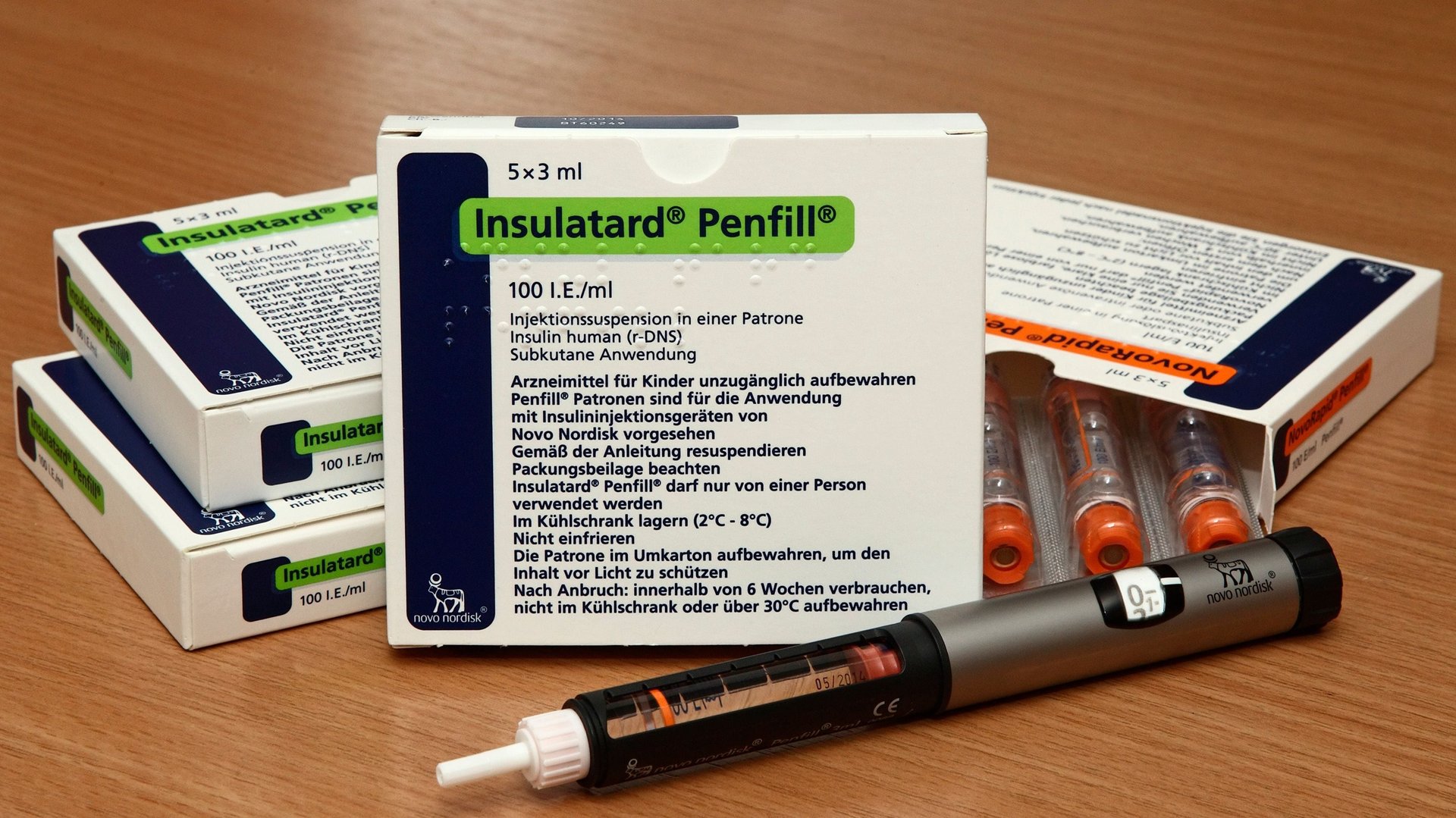The already staggering insulin shortage could get worse
Globally, demographics are shifting as countries become wealthier, which means that as populations become older and increasingly sedentary, non-communicable diseases are on the rise.


Globally, demographics are shifting as countries become wealthier, which means that as populations become older and increasingly sedentary, non-communicable diseases are on the rise.
Type 2 diabetes occurs when the body can’t make enough insulin or is unresponsive to it, and can be the result of inactivity, obesity, or age among other factors. It’s already prevalent in rich countries and will increasingly burden low- and middle-income countries as they develop. Currently, more than 405 million people globally have type 2 diabetes, and by 2030, experts now project, that number will rise to over 510 million.
In some cases, people living with type 2 diabetes need insulin to manage their condition and avoid complications like damage to the heart, kidneys, eyes, and nervous system. These complications can lead to blindness, amputations, or death. Yet already, some 33 million people living with type 2 diabetes who need insulin to manage their condition can’t get it. By 2030, that number will grow to 41 million people (paywall)—over half of the forecasted cases of type 2 diabetes, a Stanford University-led research team reported on Wednesday (Nov. 20).
With a demand for insulin increasing by 20% in the next 13 years, the risk of more people with type 2 diabetes developing these complications increases, too, if other forms of medication cannot keep their blood sugar at healthy levels. If insulin were readily available for everyone with type 2 diabetes who needed it, and everyone’s blood sugar was maintained within a normal range, the authors estimate that there would be over 330,000 fewer disability-adjusted life years—a metric used to compare a healthy life to one riddled with complications.
For their work, the team used data from the International Diabetes Federation and over a dozen other studies to estimate the projected number of cases of type 2 diabetes in over 220 countries, and how many of these will require insulin for management.
They found that China, India, and the US currently have the three highest rates of type 2 diabetes, and will likely continue to do so in 2030. Although the insulin shortage will be greatest in Asia in terms of overall cases, African countries have disproportionately low access to insulin already, and will have the largest percentage of people living without it in the future.
“These estimates suggest that current levels of insulin access are highly inadequate compared to projected need, particularly in Africa and Asia,” Sanjay Basu, a physician and epidemiologist at Stanford University and lead author of the paper, told the Guardian.
The biggest barrier to access to insulin is cost. In the US, the price of insulin tripled between 2002 and 2013; continually rising costs have prompted a federal investigation. There are no generics available for insulin, 99% of which is manufactured by the pharmaceutical companies Eli Lilly, Sanofi, and Novo Nordisk. Prescriptions can cost over $1,000, and in one study, almost 25% of people who require insulin reported dangerously rationing their insulin to try to save money.
The authors note that these projections may not hold up over time. Perhaps, through lifestyle changes, earlier medical intervention, or better management of blood sugar through other medications, fewer people would need insulin. But at the moment, insulin demand projections suggest that unless countries figure out how to make insulin more readily available for their affected populations—through such measures as improving access to insurance, forcing insurance companies to pay for more, or forcing drug companies to stabilize costs—millions more will go without the treatment for their type 2 diabetes.